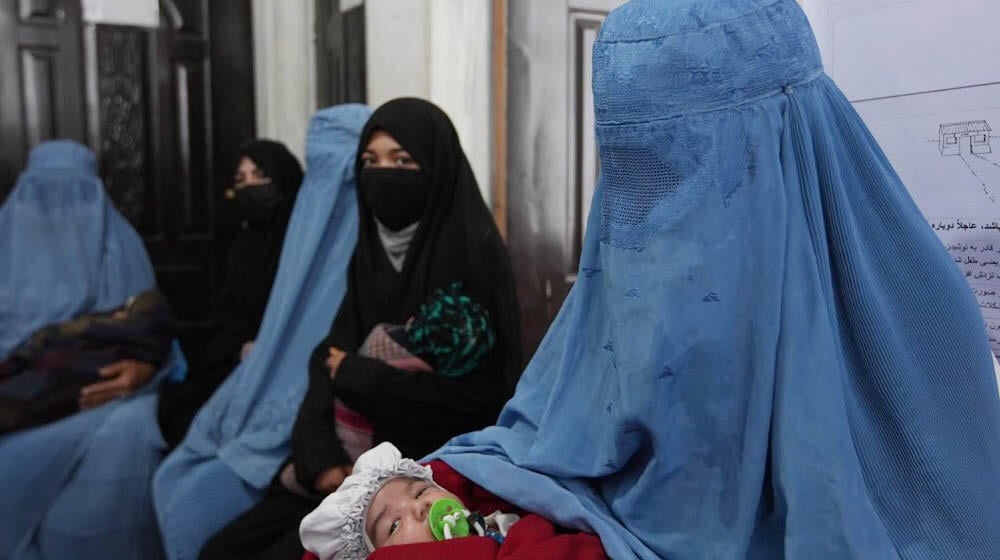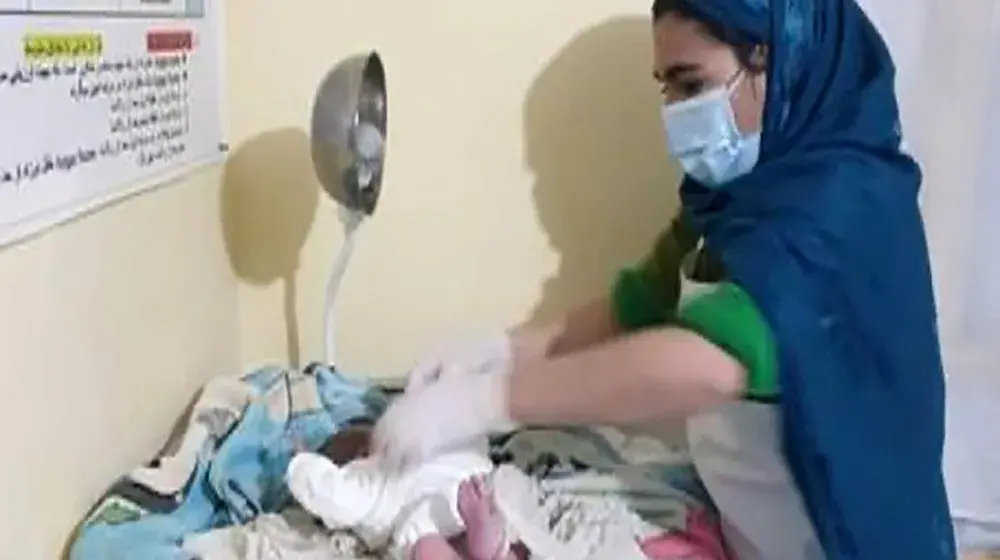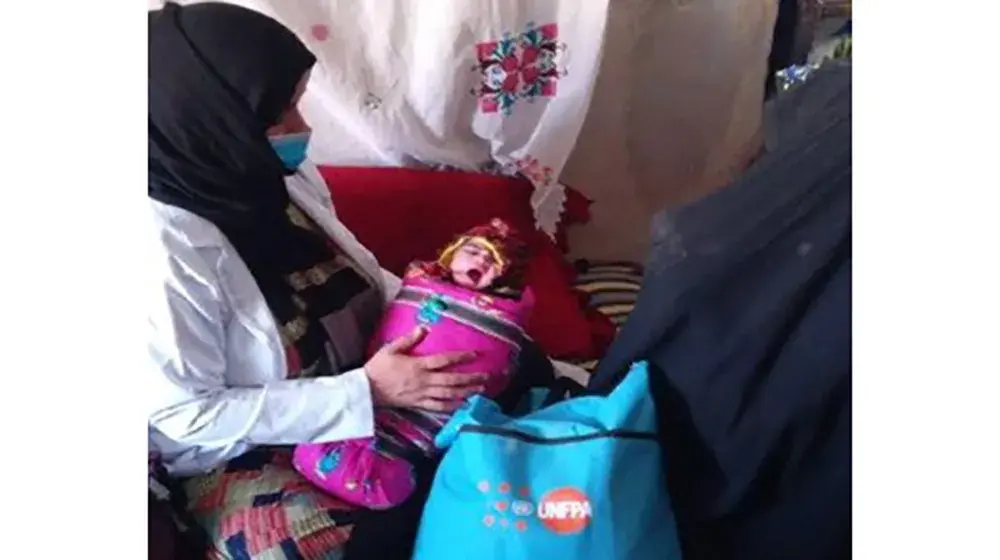Herat, Afghanistan - “I exercised great care to avoid coiling the umbilical cord around the baby's neck, but the baby seemed blue, and I thought he was dead.”
A difficult pregnancy, a place far from medical help and a delicate delivery – all ending well for 35-year-old Sakinah, thanks to the services provided by the Family Health House (FHH) and the expert care of its midwife.
Sakinah remembers that fateful day when she experienced labour pains. She had to ride a motorbike with her brother-in-law to reach the FHH, which was five kilometers away, only to worsen her pain as she was in the advanced stage of labour.
“Upon examination, I discovered that she was in severe labour and promptly escorted her to the delivery room,” Nilofar, the midwife, said. During the initial assessment, it was discovered that 35-year-old Sakinah had a cervix dilated to seven centimeters and a cord prolapse.
“I promptly informed her brother that the baby was at risk and that urgent transfer to a better-equipped health facility was necessary,” Nilofar recalled.
However, Amir Ali, Sakinah's brother-in-law, was unable to do so as the motorcycle was not a proper vehicle to transport her, and they could not afford to rent a car to take her to the hospital.
As Sakinah’s labour progressed, Nilofar had no choice but to handle the delivery. She reflected on the situation, acknowledging that it was complex and risky, but she knew she was the patient's only hope at that moment.
The existence of medical supplies and kits at the FHHs is always crucial, as it significantly facilitated Nilofar's ability to conduct a safe delivery. The facility is one of the 26 FHHs that the Government of Italy is supporting in remote areas in Afghanistan through UNFPA. At that moment, the facility once again proved lifesaving for mothers like Sakinah.
"I positioned the patient to alleviate the high pressure on the umbilical cord and proceeded to administer 20 units of oxytocin injection," she explained. "In just 10 minutes, the patient's cervix dilated from seven centimeters to 10 centimeters."
“During the delivery, I exercised great care to avoid coiling the umbilical cord around the baby's neck. But when the baby came out, he seemed blue, and I thought he was dead,” Nilofar recalls.
However, Nilofar persisted and began resuscitating the baby by clearing the baby's airways with a suction catheter, drying the baby with a cloth, and swaddling it in a cozy blanket.
Nilofar administered oxygen to the baby for 20 minutes, ultimately witnessing its healthy transformation as it regained a pink hue and was successfully revived.
“When I was brought to the FHH, I knew about it and was thinking it was the sole lifeline for my and the baby’s survival,” Sakinah emphasized the crucial significance of such support.





